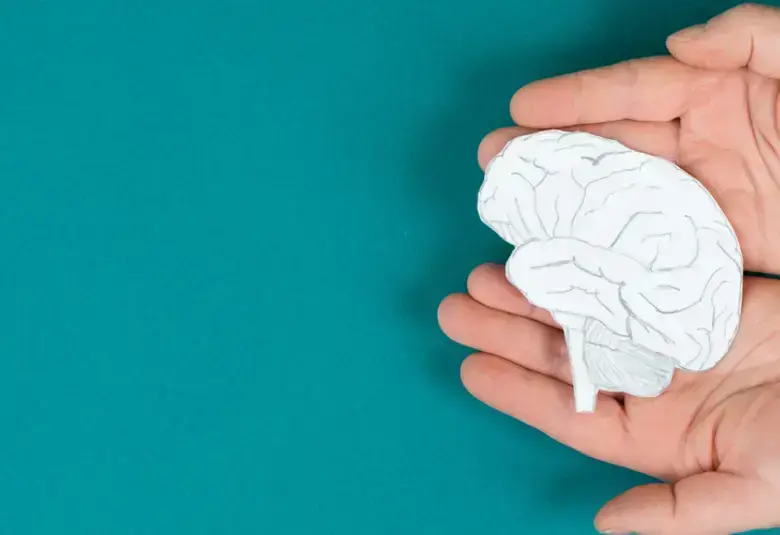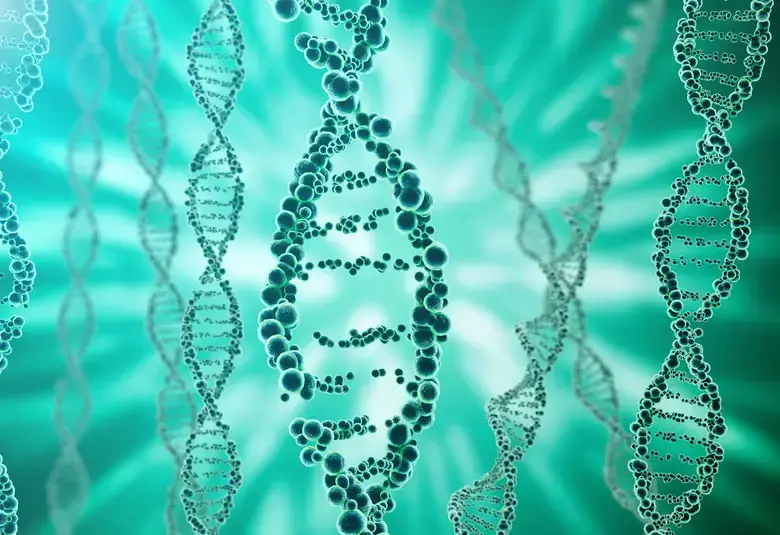Major depressive disorder (MDD) is ultimately about how the brain responds to the environment, but many variables contribute to the clinical phenotype and response to treatment, experts explained to a large audience at CINP 2018. Combining biomarkers enables MDD stratification and prediction of antidepressant response; polygenic score predicts hippocampal volume and correlates with treatment outcome; and big data analysis of variables enables prediction of individual mood disorder vulnerability and treatment response.
MDD is ultimately about how the brain responds to the environment
MDD is ultimately about how the brain responds to the environment, said Charles Nemeroff, Professor of Psychiatry and Behavioral Sciences, University of Miami Leonard M. Miller School of Medicine, US.
Many variables contribute to the clinical phenotype
Early treatment for MDD to pre-empt the clinical manifestations can prevent changes in the brain
Environmental experiences affect genes, which in turn impact cells and molecular pathways. The resulting effects on systems circuitry and emotional processing lead to clinical phenotypes manifesting as mood disorders, said Professor Nemeroff.
Each mood disorder episode fundamentally changes the brain, he added, so the aim is to institute treatment early to pre-empt the clinical manifestations; and in 21st century medicine there are three points of intervention:
- very early preventive measures to alter genetic disease susceptibility
- interventions at tipping points identified by molecular markers and imaging changes to prevent the development of clinical manifestations
- treatments to address the clinical manifestations
Many variables — genetic, environmental, biological, physiological, structural, functional —contribute to the development of the clinical phenotype, he said. Such variables include distressing experiences in childhood, inflammatory biomarkers, and decreased volume of specific brain structures
Many variables — genetic, environmental, biological, physiological, structural, functional —contribute to the development of the clinical phenotype, he said. Such variables include distressing experiences in childhood, inflammatory biomarkers, and decreased volume of specific brain structures.
Professsor Nemeroff added that when all variables are subjected to sophisticated data modeling, it is possible to obtain predictions of individual mood disorder vulnerability and treatment response.1
Using multilevel biomarkers to predict depression outcome
MDD is a global crisis, said Elisabeth Binder, Professor of Psychiatry, Max Planck Institute of Psychiatry, Germany, and is predicted to be the primary cause of disease burden by 2030.
The PReDICT (Predictors of remission in depression to individual and combined treatments) study's evaluation of clinical, biological, genetic, and personality factors on treatment outcomes2 demonstrated that combining biomarkers enables MDD stratification and prediction of antidepressant response, explained Professor Binder.
Combining biomarkers enables MDD stratification and prediction of antidepressant response
Variables and biomarkers that predict response to treatment and outcome for patients with MDD include:
- environmental risk factors such as trauma, abuse and neglect, especially in childhood
- genetic factors, which contribute 30% of the polygenic risk for MDD
- clinical variables such as comorbid anxiety and post-traumatic stress disorder
- structural changes in the brain as demonstrated by the Enhancing Neuro Imaging Genetics through Meta-Analysis (ENIGMA) consortium, specifically:
- reductions in hippocampal volume, which are mainly present in recurrent and/or early-onset MDD2
- thinner gray matter in the orbitofrontal cortex, anterior and posterior cingulate, insula and temporal lobes — effects that are most pronounced in first-episode and adult-onset MDD3
Hippocampal volume correlates with treatment outcome. A small hippocampus is associated with long-term depression
Polygenic score predicts hippocampal volume and correlates with treatment outcome overall, said Professor Binder. A small hippocampus is associated with long-term depression.
Professor Binder also highlighted a review of epigenetic studies for MDD, schizophrenia, and bipolar disorder. These studies are increasing understanding about how environmental factors cause long-term changes in disease vulnerability and pathophysiology within specific brain regions and are revealing new insights into etiology and treatment.5




